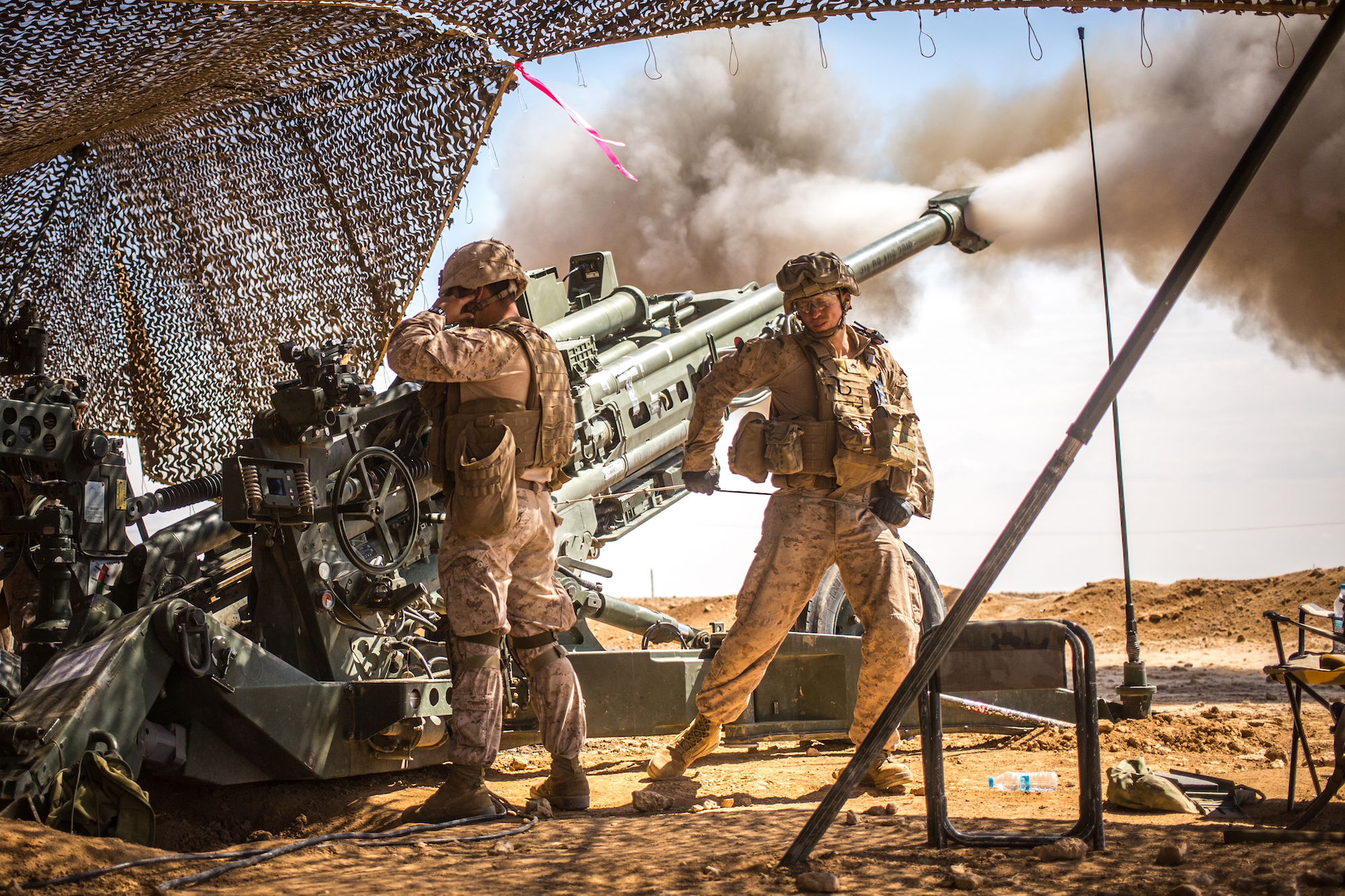
The National Defense Strategy says the Pentagon should focus on countering and deterring China and Russia, but the department’s $738-billion budget request for Fiscal Year 2020 suggests it intends to put money into other lesser priorities, the author of a major analysis of Pentagon spending told USNI News.
Travis Sharp, a research fellow at the Center for Strategic and Budgetary Assessments, asked rhetorically in a telephone interview, “if China is Threat 1A, why would shipbuilding and aircraft be budget losers?” One answer, he suggested, could be that the Defense Department was “focusing on capability rather than capacity. That’s possible.”
The same divergence of spending priorities was true for strategic forces – which includes the Columbia-class ballistic missile submarine program – that overall showed a decline in spending.
In short, Sharp concluded in his report, the proposed budget doesn’t always put money toward the priorities set in the national strategies.
The recently-released study, “Did Dollars Follow Strategy, A Review of the FY 2020 Defense Budget,” assessed Pentagon spending three ways. The most accessible way to look at the numbers is through a list of “winners” and “losers” in major force programs: strategic forces, general purpose, special operations, space, and more.
Sharp said he was surprised when he compared the budget numbers to the priorities outlined in the National Security Strategy and the National Defense Strategy, particularly when it came to spending on nuclear forces modernization. This includes funding for Columbia–class SSBNs, as well as land-based and air-launched weapons.
Sharp said “spending on nuclear weapons programs has been pretty stable” over the years, but spending drops in Fiscal Year 2020 even after administration officials stressed nuclear modernization as their top spending priority.
And in the next couple years, growth in strategic forces spending could be problematic due to a congressional budget agreement on spending levels.
Over the Pentagon’s five-year Future Years Defense Program’s projected spending, “you expect to see ebb and flow,” but with lower spending targets set for next year in the budget deal, the nuclear force’s total funding could continue to drop.
He added, “my report only looks at DoD” and did not take into account the Department of Energy’s role in nuclear forces, particularly the national laboratories.
The congressional agreement on next year’s spending also could have an impact on the Pentagon’s willingness to spend on experimentation, research and development, basic science and technology – even in high-priority areas like hypersonics and 5G. Barring an unforeseen circumstance, “the drawdown looks like it begins in 2021.” Spending “on dynamic change” – where projects can be killed quickly and money shifted elsewhere to more promising efforts – “is easier when spending is going up; coming down” can be a different story, Sharp said.
Though not all the defense strategy’s priorities received proper funding, according to Sharp’s analysis, other areas that shouldn’t have such focus did receive quite a bit of money, he said.
“Some things are surprising. Programs like counterterrorism and [U.S. Central Command] showed up as winners,” as did special operations forces. Under the National Defense Strategy, the military should be moving away from these kinds of operations, with a new focus on the Indo-Pacific and Northern Europe and the high-end warfighting capabilities that these areas could demand.
The long-lasting impact of Middle East operations shows up in other ways as well.
“Even in accounts like missiles and munitions,” Sharp said, “half of the 2020 replenishment stock spending ” is for counterterrorism missions in “support for other nations.”
Another winner in the FY 2020 budget request was ground systems. He cited testimony from then-Army Chief of Staff Gen. Mark Milley and then-Army Secretary Mark Esper stressing that the “Army’s first priority is readiness and second is modernization. That’s worth [spending money on] in keeping an eye on possible conflicts with Russia and China.”
Sharp said it would be hard to judge going forward how well the Pentagon spends its money on countering its most pressing threats. “We don’t know how much DoD spends on China and Russia” specifically, he noted. “We do know with the National Defense Strategy what the Pentagon is planning,” but “holding DoD accountable” to say money is being spent directly in deterring China and Russia “is more difficult.”
This is the 35th year CSBA has published its analysis of the budget.





